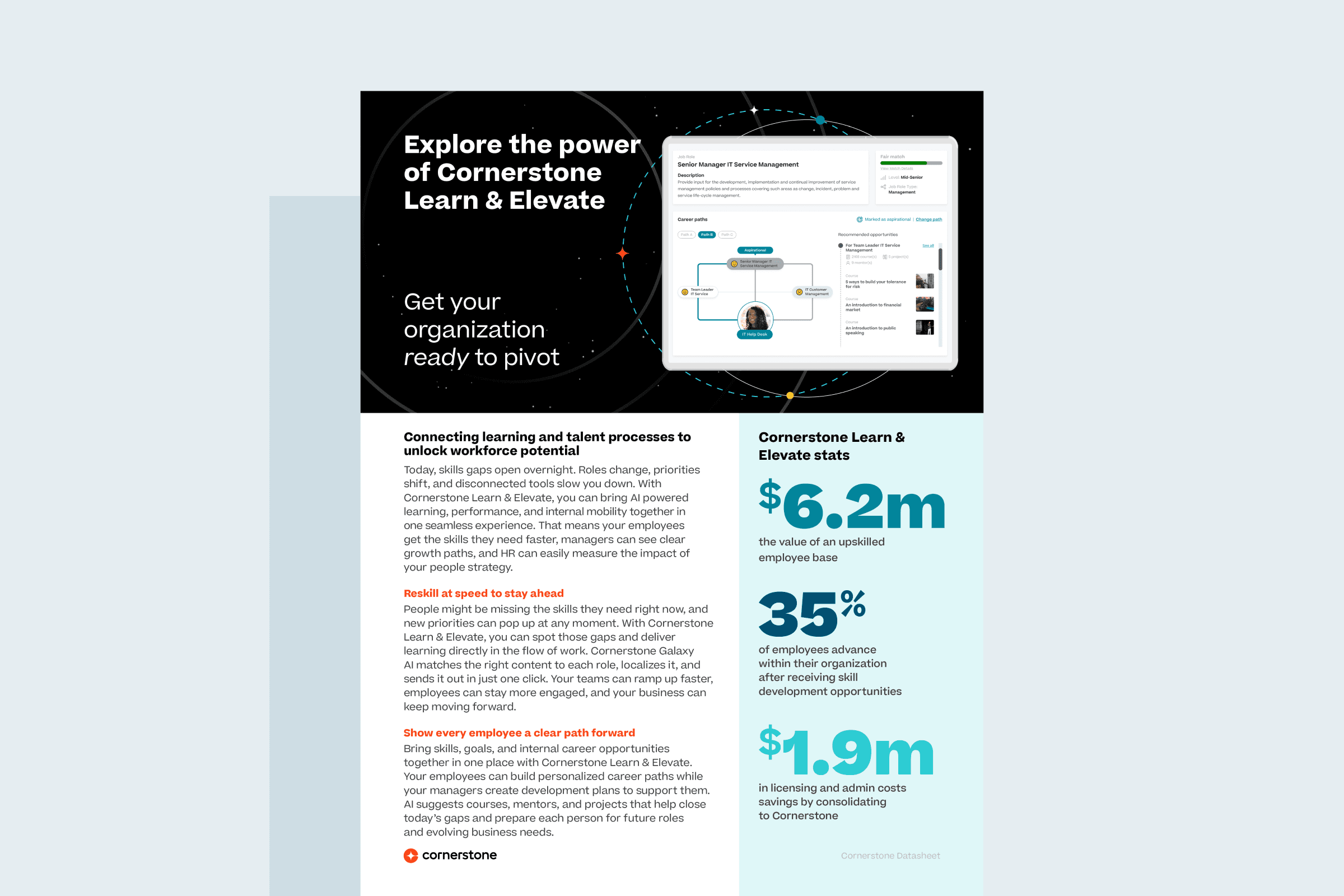As 2015 draws to a close, many companies are facing the same challenges that were in place when this year began: recruiters are pressed for time, desperate for qualified candidates and using every tool they can to find qualified workers.
So what does that mean for recruiting in 2016? Here are eight trends that will likely impact your company's ability to recruit good workers.
1. Longer Time to Fill Positions
For starters, get ready for talent acquisition to take longer. The average duration of a job vacancy reached an all-time high of 29 days this year, according to DHI Hiring Indicators' metrics. And that's a fairly conservative number compared to the 68 days reported by CEB. STEM positions could take twice as long as other jobs. With an increase in the number of skilled jobs available and more Baby Boomer exits, competition will become even more fierce and the search much more difficult.
2. Pay to Play
A combination of escalating recruiting costs, longer search times and pressure to increase wages will require bigger investments in sourcing, recruiting, compensation and benefits. The CEB report above estimates the average vacancy cost equates to $500 a day per open position. The cost to fill an open position will likely increase — it saw a 7 percent jump from 2013 to 2014 — and wages are projected to increase by nearly 3 percent in 2016.
3. Faster Adoption of Technology Tools
Until recently, applicant tracking software (ATS) was available only to large organizations with big budgets. But today, one might call an ATS a "recruitment success platform" for companies of all sizes. Costs have plummeted and ease of use has simplified. To lighten the burden of increased workloads and staffing cutbacks, an ATS relieves recruiters and HR of tedious and repetitive administrative tasks (posting jobs and screening out applicants who don't meet even the most basic qualifications) and frees them up to identify new sourcing channels and interview high potential candidates quickly.
4. Go Mobile
According to the Pew Research Center, 79 percent of Americans who have looked for work in the last two years have utilized online resources in their job search. Twenty-six percent of all adults (and 53 percent of 18- to 29-year-olds) used a smartphone to begin the search and half of these "smartphone job seekers" used their phone to fill out a job application. And yet, nearly half of these job seekers have had problems accessing job-related content because it wasn't displaying or working properly.
5. Extensive Social Media Outreach
The Pew study also found that 65 percent of American job seekers use social media platforms. One in three jobseekers uses social media to look for a job or inform friends of an available job. As the number of popular social media platforms grows, so too will the number of social pages that companies turn to for wider exposure. The utilization of social media to reach, attract and engage a younger and more diverse labor market will continue to grow.
6. Recruiting Function Goes In-House
With employment branding and the candidate experience ruling success or failure in talent acquisition, many businesses will bring recruiting back in-house. Staffing agencies often can't represent your company unless the agency agrees to enter into an exclusive agreement (which is often cost-prohibitive). Otherwise, the agency is recruiting for you and your competitors simultaneously. Building an in-house recruiting team allows your company to maximize its brand and focus on building a steady pipeline of good talent.
7. Extraordinary Candidate Experience
Attracting applicants is one thing. Getting top talent to come on board is another. Businesses will need to improve the candidate experience significantly. The application process must be friendly, engaging and highly responsive (see trend #4). It's essential to clearly communicate company perks, describe what it's like to work at your company and offer a glimpse into the corporate culture.
8. Millennials Change the Recruiting Game
Millennials are a force to be reckoned with. They have vastly different views on the workplace and now make up the largest single working age demographic at 34 percent of the workforce. They want exciting and purposeful work, valuable mentors and coworkers they like. While the recruiting world continues to learn as much as it can about this group, managers will need to appeal to this generation's need for transparency, regular feedback and fairness, if they expect to retain them.
The year 2016 is one step closer to a world of work that is changing dramatically at an accelerating pace. These trends are just destinations on a long journey, and people management must adapt accordingly. How prepared is your company?
Photo: Creative Commons


